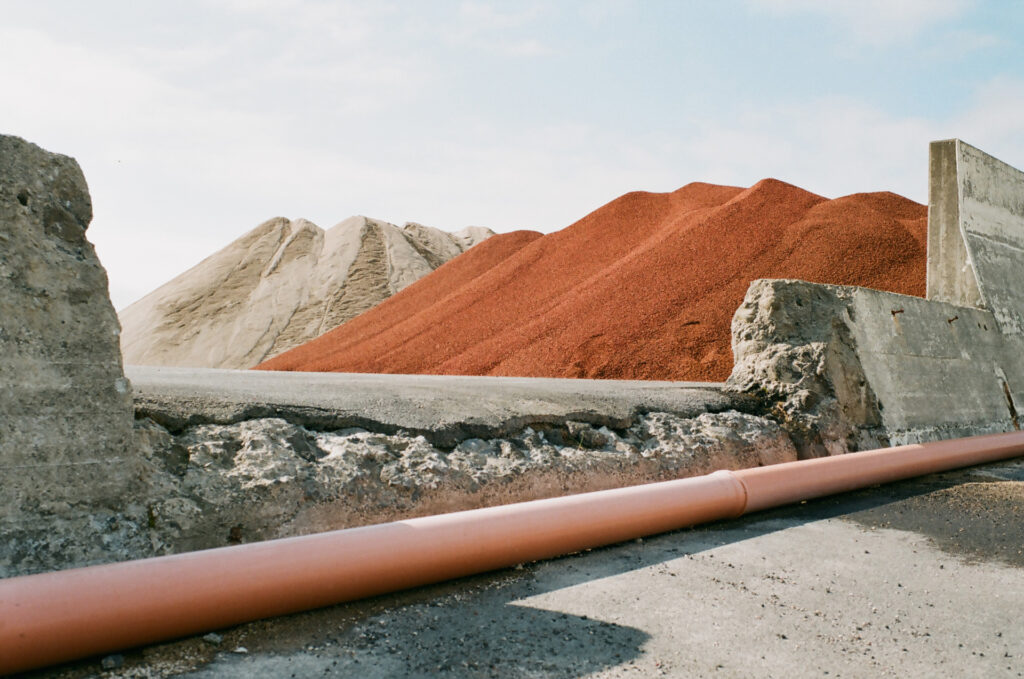TITLE : ICELAND
SERIES
AUTHOR : PAUL GARCIA
Paul Garcia knows the secrets of industrial spaces.
Its evolution over time creates surreal places that can sometimes even be classified as beautiful.
“I am a painter/photographer, based in Liverpool, England.
I grew up on a farm next to an abandoned colliery and surrounded by a declining chemical industry.
My childhood was spent playing on black spoil heaps and burnt out cars in wasteland.
My time since has been spent documenting their re-development into oversized storage facilities, industrial estates and inappropriate housing.
Returning to the same places, over many years, you start to appreciate the constants within the change; like filled-in ponds slowly reforming in the same place in the gardens of new build housing, or cracks in the bare earth repeated in the same places in the warehouse carparks.
It is nice to know that we might cover the surface, but it is nature that runs deeper.
Over the last twenty years i have also been travelling, visiting places around the world i can recognsie as home.
This series collects many visits recording the industrial parts of Iceland.
The landscape might be very different to Liverpool, but over the years the same materials problems are manifest; the unwanted tyres, the ubiquitous strewn pallets and, increasingly, new fences to keep things either in, or out. i know the camera will never slow down the speed of progress, but it hopefully recovers some kind of beauty in the spectacle.
All images are taken on a Leica m6, with a 35mm f2.0 konica hexanon lens.”
Paul Garcia links :
If you like this content please support the author + Woofermagazine and share it :
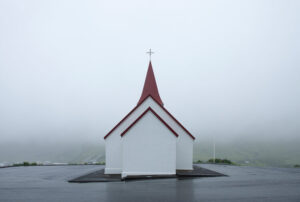
IN SEARCH OF LOST TIME
Zuzanna Szarek with this series leads us to reflect on the passing of time and the impact of man on the environment
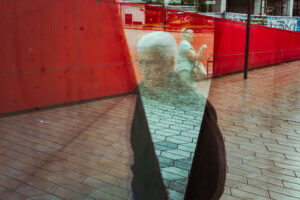
SIDE STREET
This book by Paul Murray is a collection of images that the photographer was able to frame when he wasn’t looking where most people were.

IT’S ALL COMMON
Some time ago Cosmin Gârleșteanu decided to focus on photographing ordinary things that fill daily life.
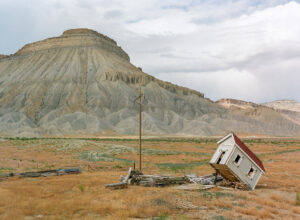
FOCUS ON NATHAN GENTRY
Nathan Gentry, an American photographer who loves skateboarding.
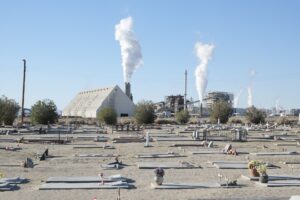
ENCOUNTERING STILLNESS
The photographer Kimmo Sahakangas takes us on a route through the American landscape in search of the beauty of isolation.
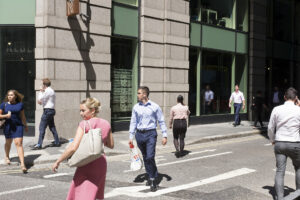
171213-240423
Streetmax 21 is a street photographer who knows what he is looking for and this is not the usual.

